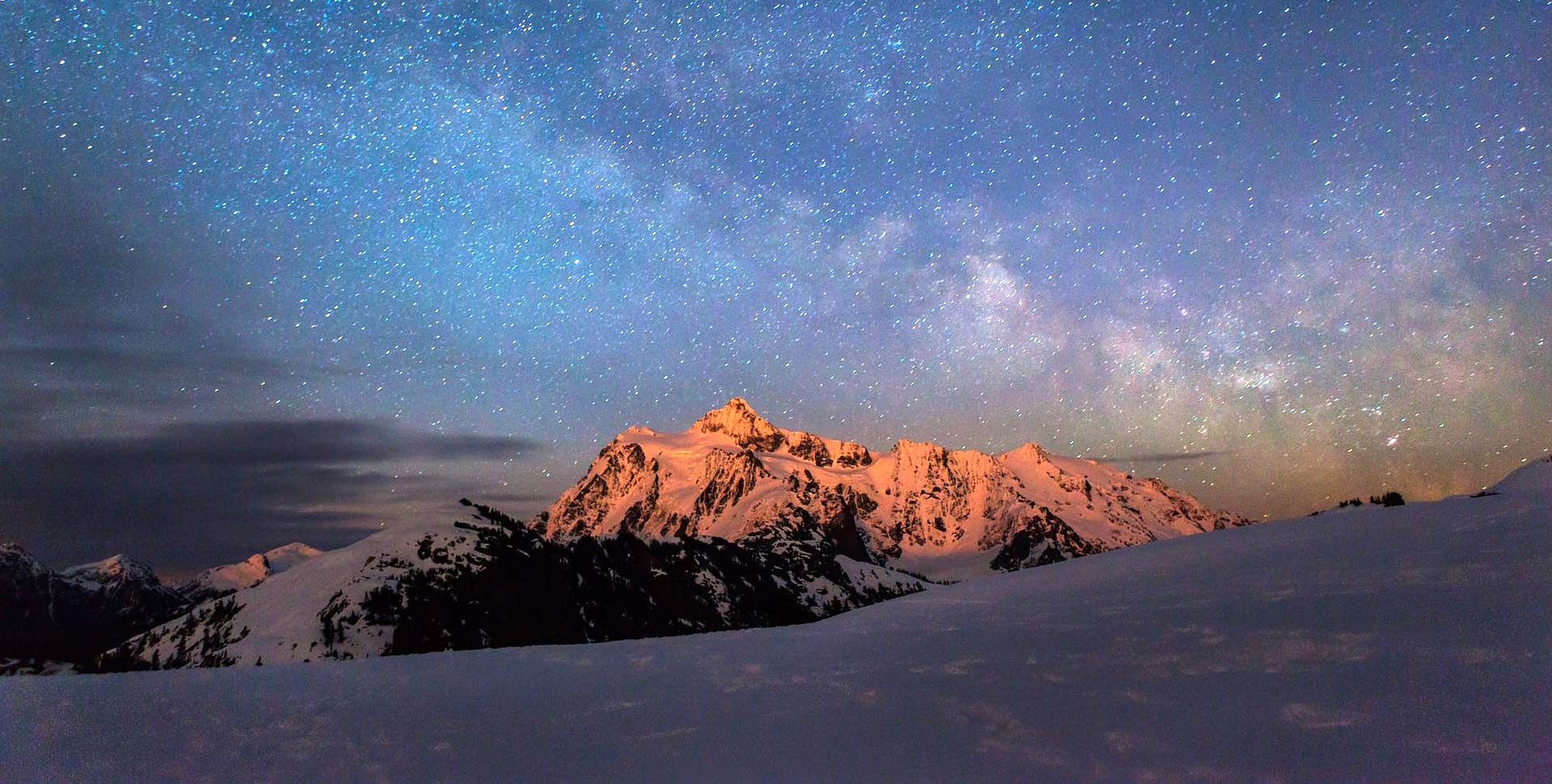HIGHLIGHTS
Explore the functionality of 18th century astronomical observatories, including a UNESCO World Heritage Site
A possible visit to the Nuclear Science Centre in Delhi (subject to permission)
Tour the Inter University Centre for Astronomy and Astrophysics in Pune, Maharashtra
Learn about the workings of the GMRT telescope, operated by the National Centre for Radio Astrophysics
Visit The Nehru Planetarium to see the Soyuz T-10 which carried India’s first cosmonaut Rakesh Sharma to space, along with his space suit and mission
Delhi – Varanasi – Agra – Jaipur – Pune – Mumbaiitinerary
In the early 18th century, Maharaja Jai Singh II of Jaipur constructed five astronomical observatories in North India, known as Jantar Mantar. The observatories consist of a series of intriguing structures, each with a specific function for astronomical measurement. The most significant Jantar Mantar, in Jaipur, is a UNESCO World Heritage Site with 19 astronomical instruments. You'll visit it and Jantar Mantar in Delhi. You'll also get the opportunity to meet top scientists and learn about their research areas including cosmology, quantum gravity, radio astronomy, and solar system physics. Of course, a trip to India wouldn't be complete without seeing iconic attractions including the Taj Mahal, Agra Fort, Hawa Mahal, Amber Fort, and holy Varanasi.
Day 01 – To Delhi
Departure from your home country.
Day 02 – Delhi
Arrival Delhi and then on in the afternoon discover the cultural highlights of Old and New Delhi on a sightseeing tour. Stay at Hotel for 02 nights.
Day 03 – Delhi
Discover the astronomical heritage of Delhi on a visit to the Jantar Mantar observatory and the Nehru Planetarium. Subject to permission, visit the Nuclear Science Centre, which promotes internationally competitive research in nuclear physics, atomic physics, and material science.
Day 04 – To Varanasi
Fly to Varanasi, which is one of the oldest continually inhabited cities in the world. Visit Sasumedh Ghat to witness the spectacular Aarti ceremony in the evening. Stay at Hotel for 02 nights.
Day 05 – Varanasi
Start the day with a boat ride along the Ganges to witness life and death rites along the ghats. Tour Man Mandir Ghat, the astronomical observatory built by Jai Singh II in 1710.
Day 06 – Agra
Hop from Varanasi to Agra by air to see the Taj Mahal, a glorious monument to love. The nearby Red Fort and Tomb of Itima-du-daula also make for fascinating excursions. Stay at Hotel for 03 nights stay.
Day 07 – Agra
Sunrise visit of Taj Mahal. Rest of the day at leisure for another visit to Taj Mahal or explore the old city of Agra on a battery rickshaw.
Day 08 – To Jaipur
Drive from Agra to Jaipur. En route visit Korai tribal village and abandoned capital of the Mughal Empire, Fatehpur Sikri, with its impressive carved audience halls. Continue on to Jaipur, which is the third corner of India’s famed Golden Triangle. Stay at Haveli for the next 03 nights.
Day 09 & 10 – Jaipur
Explore the wealth of fabulous sites within Jaipur’s Old City and the surrounding areas. Don’t miss the Jantar Mantar, the most extensive and well preserved of Maharaja Jai Singh II’s observatories. You must also see the Palace of the Winds, the City Palace, and the Amer Fort.
Day 11 – To Pune
After breakfast, fly to Pune, the cultural capital of Maharashtra. Learn about its history and see a variety of Pune’s architectural sites, including the Shinde Chhatri Memorial, Lal Mahal, and Shaniwarwada Fort. Stay at Hotel for 03 nights.
Day 12 & 13 – Pune
Pune’s Inter University Centre for Astronomy and Astrophysics is one of India’s foremost academic institutions. Tour the facilities, meet scientists, and learn about their research areas, which include cosmology, quantum gravity, radio astronomy, and solar system physics.
Take an excursion to the GMRT telescope. Operated by the National Centre for Radio Astrophysics. It is used to detect radiation from active objects such as neutron stars and radio galaxies, as well as from hydrogen clouds tracing the formation of the earliest structures in the Universe.
Meet with the active Oxford and Cambridge Alumni Group in Pune on one evening of your stay.
Day 14 – To Mumbai
Drive on the expressway to Mumbai. Explore the city in the afternoon, including the Gateway of India and the UNESCO listed Chhatrapati Shivaji Terminus. Stay overnight at Hotel.
Day 15 – On the final day
Departure for your home country.
Each of our programs can be customised to our client’s desires.
Accommodation
Cost Included
- International flight
- Accommodation
- Sightseeing and English-speaking Guide
- Services of Dr Carolin Crawford
- All transfers and English-speaking representative
- Entrance fees
- Complimentary mineral water whilst driving
- Visa fee for India


 +1-(765)-586-1210
+1-(765)-586-1210 +44-2030-2689-44
+44-2030-2689-44 +91 124 4361906
+91 124 4361906


 +1-(765)-586-1210
+1-(765)-586-1210 +44-2030-2689-44
+44-2030-2689-44

